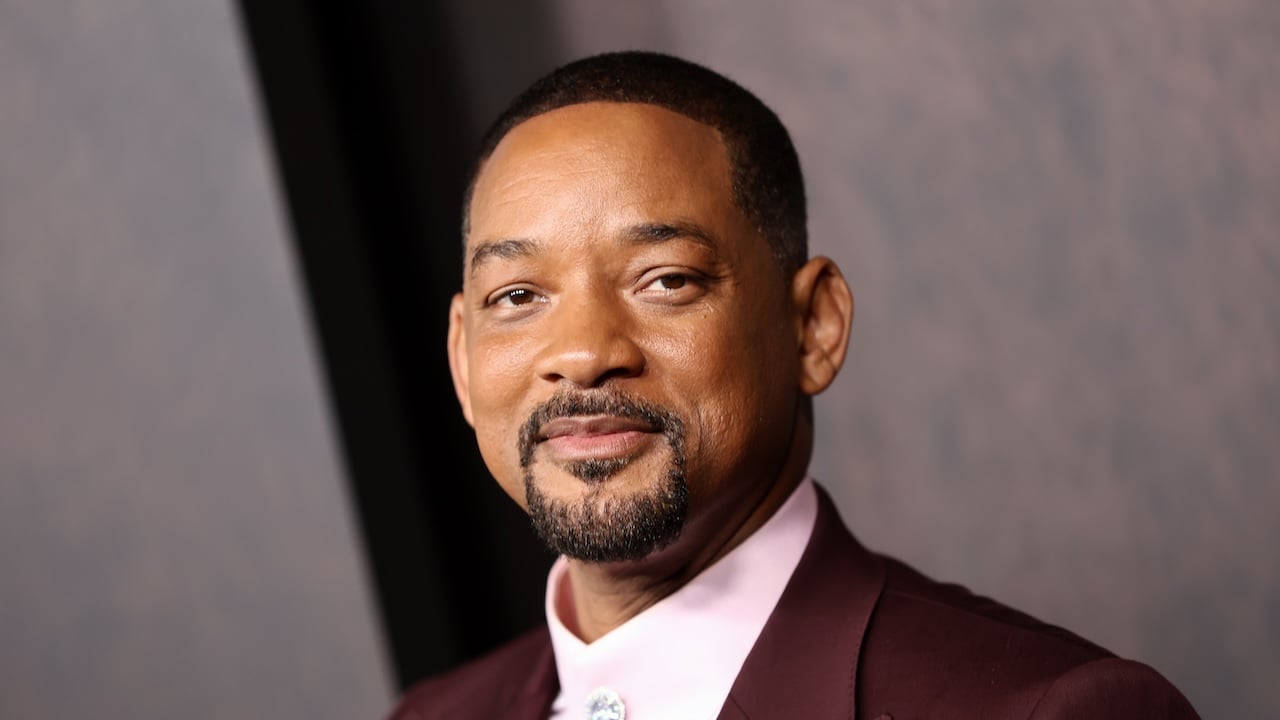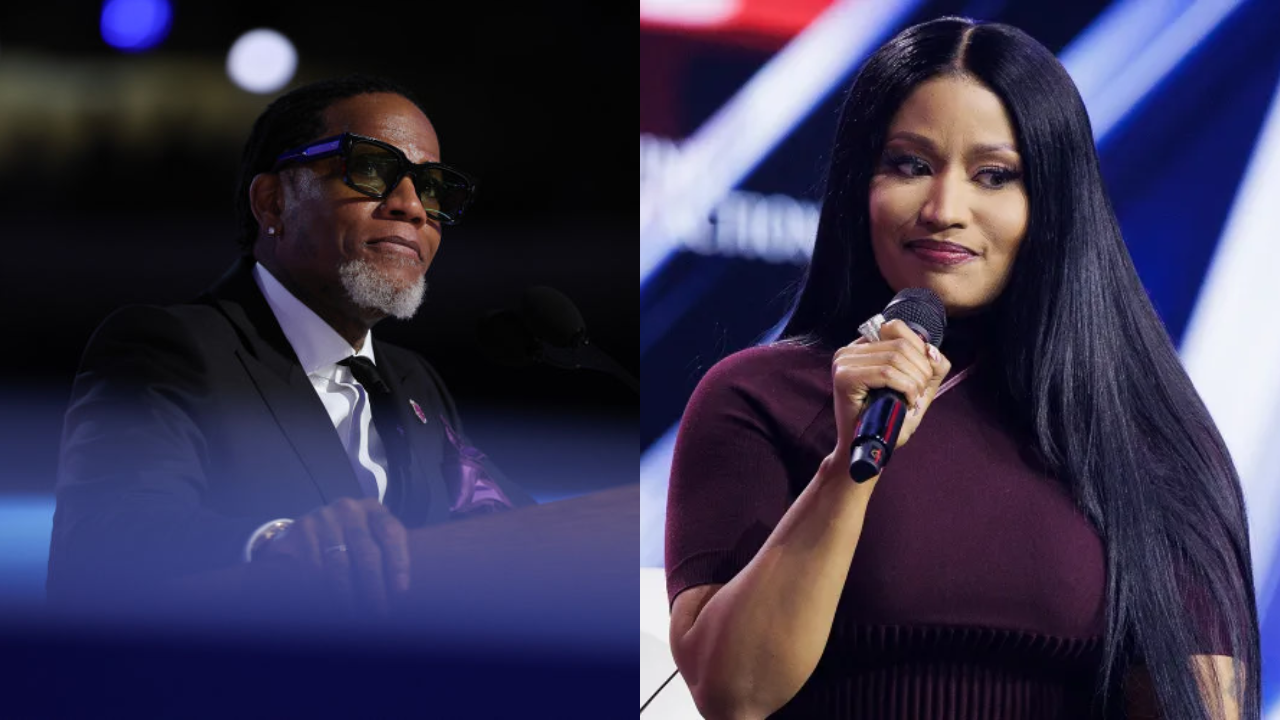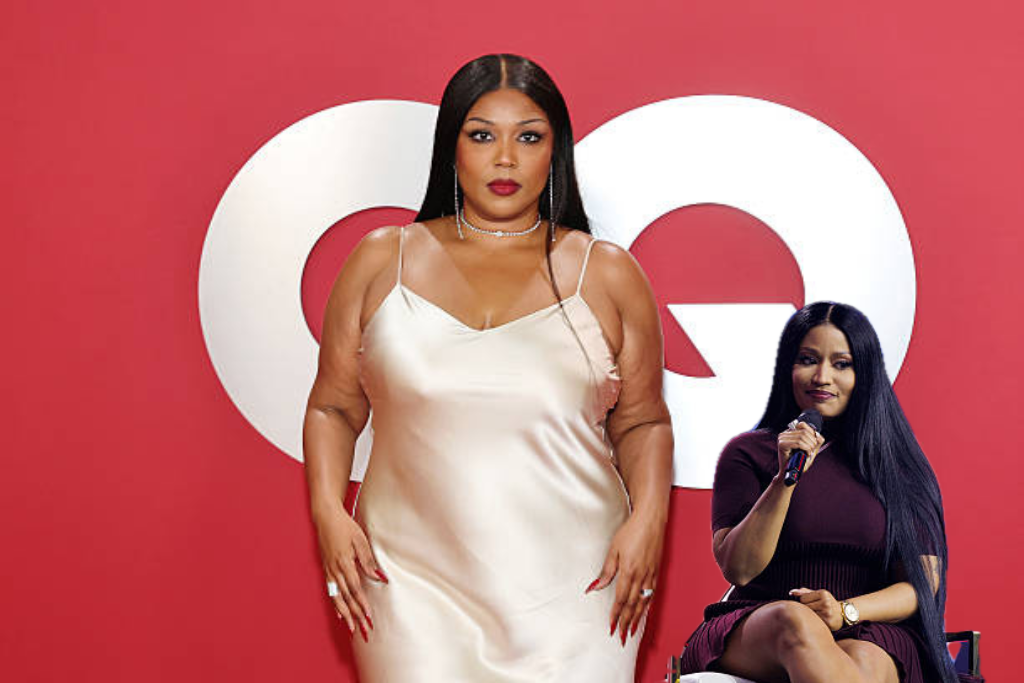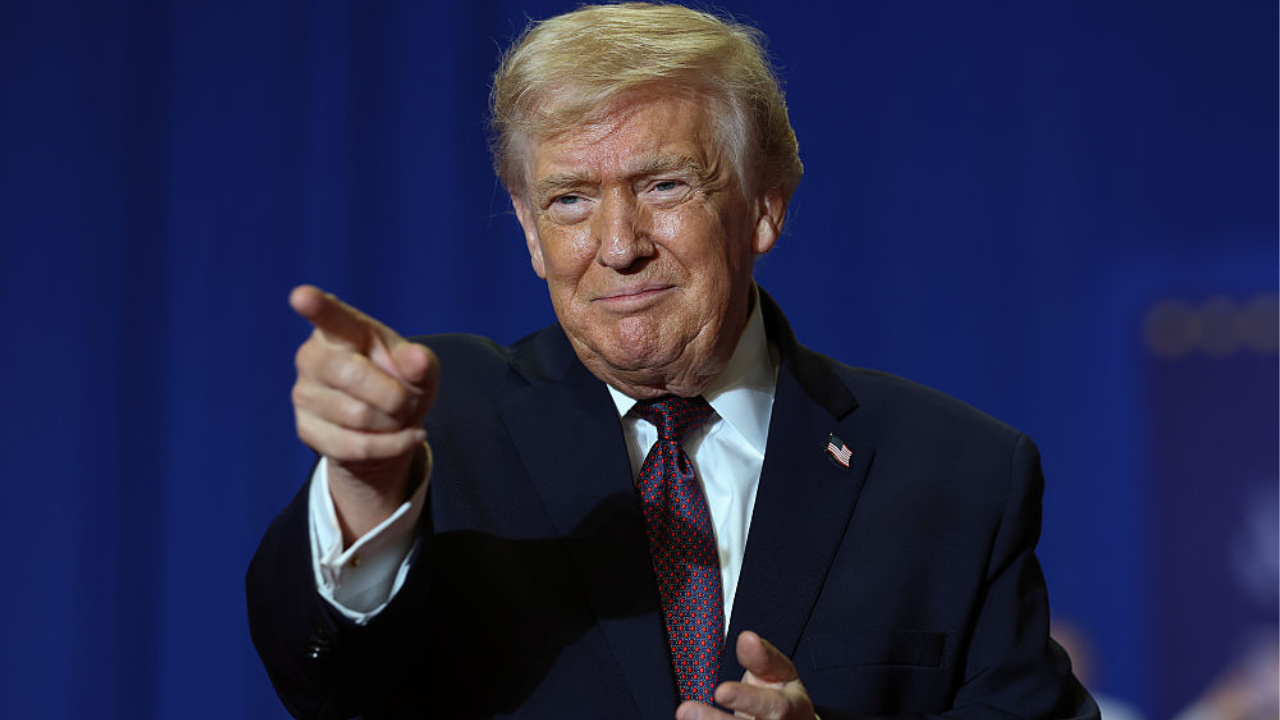When Derek Jeter made MLB All-Star history in the ‘Infrared’ Air Jordan 6 Retro

Nobody bats 1.000? Try telling that to Derek Jeter.
In 2000, the 26-year-old New York Yankee was already an All-Star and two-time World Series champion. The kid from Kalamazoo, Michigan, had come up quickly, suddenly possessing the leverage to turn down $100 million contracts and screen calls from singer Mariah Carey.
No one man should have all that power, but Jeter did, and he looked good doing it. The shortstop oozing with quiet cool had both the Bronx and Manhattan on lock, eyeing over seven-figure offers not just from owner George Steinbrenner but also from Madison Avenue.
The combination of major market, championship play, and youthful – yet professional – poise was enough for an at-bat that went far beyond baseball in representing sports icon Michael Jordan.
“It was the opportunity to be the premier baseball player on the Jordan Brand,” Excel Sports Management’s Casey Close, Jeter’s longtime agent, told Andscape. “It represented success and the highest end of the elite. It had Derek stand out from a lot of the other players.”
Not just a lot of players, but the entirety of Major League Baseball.
STEVE SCHAEFER/AFP via Getty Images
Jordan sneakers as baseball cleats were not common in 1999 when they signed Jeter — they were non-existent. When Jordan signed Jeter that spring, the strange seeds were planted to extend Jordan Brand’s reach in new arenas.
Carrying a historic franchise on his back and setting the path for a retooled sportswear empire through his feet, Jeter arrived at the 2000 MLB All-Star Game, set in this year’s host city of Atlanta, as the kid who couldn’t miss but still had much to prove.
Jeter did his part by becoming the first New York Yankee to win MVP at the midseason classic. More covertly, he ushered in a new era of Jordan Brand where rocking retros wasn’t strictly reserved for the NBA hardwood or high school hallways.
“The biggest challenge was that in baseball you can’t wear the shoes that the player wears on field to the classroom,” Close said of soles that included cleats or spikes. “That was the only hurdle we needed to adapt to.”
Finding a through-line in Jordan’s back-to-school release calendar and baseball’s summer spectacle, Jeter took the plate in a player-exclusive take on the “Infrared” Air Jordan 6, adding Jeter’s No. 2 to the trademark tongue and replacing the illuminated Air sole with that of a black base and silver spikes.
“That moment helped set the tone for what cleated performance could look like when fused with iconic design,” a Jordan Brand spokesperson told Andscape.
The masses may have missed the big swing by Jeter and Jordan in the days of standard-definition television, but it broadcast a wave of where baseball, culture, and commerce would all shine in high definition.
See, Michael Jordan and Derek Jeter did not meet in a Beaverton, Oregon, Nike boardroom or at a Hamptons holiday party. Instead, the two 14-time All-Stars crossed on the dusty diamonds of Scottsdale, Arizona, chasing ground balls and the dreams of getting called up to the big leagues.
“I played with [Jeter] in fall ball in Arizona,” Jordan recalled in 2014, reflecting on his 1994 minor league baseball sabbatical and his brief stint with the Scottsdale Scorpions. “I was fascinated with the way that he played. Just by watching the way he carried himself you could see he was good from a very early age.”
Jonathan Daniel/Getty Images
At the time, Jordan’s life was in transition with his footwear business on the fritz. Nike Basketball – a category built around Jordan – saw its sneaker revenue fall 22% in 1994. Forecasts were so dire that Jordan was forced to fund his own guarantee with Nike just to maintain the marketing dollars he believed were necessary to keep his signature series alive.
“I said I’d fund my own guarantee if they would commit enough marketing dollars to allow the brand to expand,” Jordan said about that time for “Driven From Within,” an autobiography released in 2006. “So I funded my own guarantee in the last contract I signed – for 30 years.”
As the Birmingham Barons outfielder batted .202 in Air Jordan 9 cleats – one-of-ones at the time – baseball, basketball and business appeared a losing situation for Jordan and Nike. When rounding the bases and approaching Jeter, it was unlikely the fresh-faced kid touting Tampa had any idea of the sneaker strife Jordan was experiencing outside of the diamond.
“I was 19 years old and I had just won Minor League Player of the Year,” Jeter recalled during an appearance on the Drink Champs podcast in 2022. “Michael’s on second base and the first thing he said to me was, ‘What’s up DJ?’ From that point forward? He always looked out for me.”
As Jordan looked out, things looked up. Crossing paths in humble circumstances soon led to bright light glory in divergent directions. Just two years after meeting, Jeter was voted the unanimous American League Rookie of the Year in 1996, helping the Bronx Bombers win their first World Series since 1978.
Heading back to basketball, Jordan kept pace with Jeter, capping a historic 72-10 season with his fourth NBA Championship and reviving his footwear franchise at Nike and, in turn, birthing the Jordan Brand in 1997.
Each Scottsdale standout had the world in their hands, but by 1999, Jordan would again leave basketball behind. Would business slump again, or could he pass the baton to an outside suitor?
“They kept in close contact,” Close said. “As Jordan Brand expanded, they got into baseball. Who else but Derek Jeter?”
Jamie Squire/Allsport SPX/Ron Vesely Photography via Getty Images

As a footwear free agent thanks to a severed signature deal with Fila, Jeter was tasked with filling the shoes of the greatest athlete endorser of all time. The first season, he filled those shoes quite literally by playing in a cleated version of the Air Jordan 14 – a personalized pair almost identical in color blocking to the retail release famously worn by MJ for his “Last Shot,” a game-winning basket for the Bulls in Game 6 of the NBA Finals against the Utah Jazz in 1998.
By being the only MLB athlete anointed as the “Air Apparent,” Jeter’s cultural cache within the league skyrocketed, even if CEO Jordan was still struggling to sell shoes in his second retirement.
“There were a ton of baseball players who were wearing Jordan when they weren’t playing baseball,” Close said. “So to see this line come into the field and the clubhouse? It was very exciting for all the players.”
Exciting and worthy of envy. Heading into Atlanta’s All-Star Weekend in 2000, both championship jewelry and MLB jersey sales placed Jeter as baseball’s most marketable player. However, that didn’t make the Jeter-Jordan partnership a guaranteed home run. Then-Seattle Mariners star Alex Rodriguez was selected the American League starter at shortstop over Jeter, and Air Jordans were falling out of favor, reportedly down 42% entering the new century at its lowest showing ever.
As is often the case for Jeter and Jordan, the stars would align as the pressure mounted. A concussion kept Rodriguez out of the All-Star Game, while a pivot to tapping the nostalgia fountain signaled new life for Air Jordan.
Rich Pilling/MLB via Getty Images
In the fall of 2000, the Air Jordan 6 “Infrared” was slated to return as a retro release for the first time, aiming to expand the heritage of the teetering Nike subsidiary. Rather than retell the story of Jordan debuting said shoe in the 1991 NBA All-Star Game through hardwood ambassadors, they leaned on Jeter to breathe new life into the old shoe.
Perhaps, they breathed new life into Jeter, too.
Making good on a bad All-Star outing the year before, Jeter seized the moment in Atlanta, batting 1.000 by going 3-for-3 with two RBIs. With a Louisville Slugger in his hands and unreleased Jordans on his feet, he doubled off Randy Johnson, caught Kevin Brown through the middle for a single, and capped it with a line drive off Al Leiter.
“Three-for-three, a great night,” MLB commissioner Bud Selig said, congratulating Jeter on winning MVP. “And I’m told the first New York Yankee to ever win this award.”
The momentous outing would add to Jeter’s Yankees lore, claiming a trophy not even Babe Ruth, Joe DiMaggio or Reggie Jackson held. Additionally, it elevated Jeter as someone Jordan could count on in big stages. This would prove true months later as Jeter’s hot hitting would not just warm up Jordan’s back-to-school sneaker but baseball’s biggest event.
“Most people remember that as his signature All-Star performance,” Close said. “But he followed it up in the 2000 Subway Series by being the World Series MVP. 2000 was a very special year for Derek and the Jordan Brand as well.”
ANDREW SAVULICH / NEW YORK DAILY NEWS / AFP) (Photo by ANDREW SAVULICH/NEW YORK DAILY NEWS/AFP via Getty Images
Special indeed, as the always-ahead-of-schedule Jeter bested the crosstown Mets in Air Jordan 11 PE Cleats – once again paving the way for “Concord” and “Space Jam” holiday releases that entirely ignited the Jordan Brand we know today.
Twenty-five years later, to say Jeter popularized retro Jordans is a reach. However, to say Jordan made his biggest bet as a young CEO on a kid he met in minor league fall ball is emphatically true. It was also a good one.
As an ambassador, Jeter would go on to have a signature line with Jordan Brand, appearing in multiple ad campaigns, releasing various retro renditions, and winning five World Series and five Gold Glove awards in total.
The “Infrared” footwear donned by the 2000 MLB All-Star Game MVP may have been a rarity 25 years ago, but it’s the norm now. In 2025’s Atlanta exhibition, five Jordan Brand athletes will lace up basketball-inspired cleats, with two of them being Yankees.
“We’re seeing a cultural shift where performance and personality are inseparable,” Jordan Brand shared via a statement to Andscape. “The future of baseball is bold, expressive, and Jumpman-led. We’re just getting started.”
It’s an impressive feat for a once-fledgling company now tracking toward $10 billion in annual revenue, still gaining ground in an evolving sport once secluded in tradition, yet now expanding at the seams.
“A lot of the players wanted to wear it,” Close said, looking back on Jeter’s All-Star Air Jordan moment. “It was a very unique situation at the time.”
What's Your Reaction?
 Like
0
Like
0
 Dislike
0
Dislike
0
 Love
0
Love
0
 Funny
0
Funny
0
 Angry
0
Angry
0
 Sad
0
Sad
0
 Wow
0
Wow
0
































